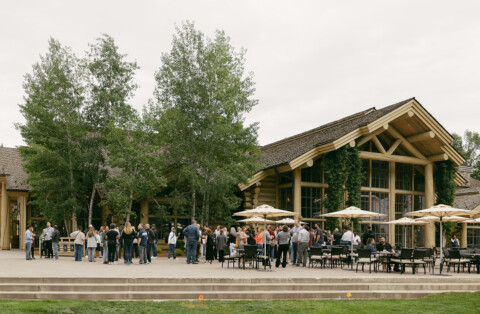When a business owner considers their succession options, they usually assume their best option is to either transfer ownership to reliable family members or sell to a third party, such as a competitor or private equity. However, an alternate sale option is an Employee Stock Ownership Plan (ESOP).
What is an ESOP?
An ESOP is a qualified employee benefit retirement plan that allocates company stock to employees over time. Our free whitepaper describes more of the transaction mechanics, but key benefits of the ESOP include a structure that preserves the management & employee base, the culture, and the seller’s legacy. In addition, an ESOP provides a new tax advantage for the company. In a 100% S-Corp ESOP structure, a company pays no federal or state (in most states) corporate income tax. This tax advantage empowers the company reinvest its profits into the business, pay down debt and invest in growth.
The ESOP structure avoids the operational disruption and/or consolidation which can result in a sale to a competitor. For selling shareholders, the ESOP transaction can provide significant liquidity while retaining the opportunity for future value realization. Moreover, certain tax deferral opportunities may exist for eligible selling shareholders. But for many business owners, a key determinant is the substantial retirement benefit and wealth creation opportunity provided to the employees who have helped build and grow their business.
ESOPs in Action
Companies such as Clif Bar and New Belgium Brewing epitomize the transformative impact of ESOPs.
When Clif Bar announced the ESOP program in 2010, the sellers said they “wanted to create a company where we would want to work.” Adding, “Employee ownership is one more way we could run a different kind of business: one that inspires a team of people to make the kind of delicious, nutritious food we’d like to eat, and that strives for a healthier, more sustainable world.” In 2022, Clif Bar sold itself to Mondelēz International for $2.9 billion.
New Belgium Brewing implemented an ESOP in 2000 and expanded the structure to be 100% ESOP-owned in 2012. When the company sold to Japan’s Kirin Holdings in 2019, it provided significant retirement balances to its employees, letting them share in the company’s success.
A recent study found that ESOP-owned food companies and their employees experienced key advantages in workforce retention, benefits, retirement security, and firm performance when compared to non-ESOP food companies. Other research has discovered that productivity improves by 4-5% on average in the year an ESOP is adopted, and that 91% of ESOP workers feel they can live comfortably in retirement compared to only 49% of non-ESOP retirees.
ESOPs are common in a number of food industry sectors, especially supermarkets. ESOP-owned supermarket companies include Publix, with over 220,000 employees; Winco, with over 20,000; Brookshire Brothers, with over 16,000; and Houchens with over 15,000. Schreiber Foods, with over 9,000 employees, is one of the largest private-label dairy manufacturers in the world; KeHe Foods, with over 5,000 employees, is one of the largest food distributors. ESOPs are found in a number the largest convenience store chains, including Wawa, Stewarts Shops, and PDQ.
Navigating Private Equity
While private equity (PE) remains a viable option for business owners, its short-term investment horizon and cost-focused strategies may not align with the long-term vision of certain businesses. With a typical investment horizon of 3-5 years, PE can provide immediate value to its investors by rationalizing costs in target companies. Cost centers from employee headcount to vendors to raw materials will be evaluated – particularly in the era of heightened inflationary pressures.
In 2021, PE funds acquired a record 786 food and beverage manufacturers worth $32 billion, according to the Wall Street Journal. The food industry is generally considered recession-resistant and less susceptible to economic downturns than other sectors, making it an attractive investment for PE firms seeking stable returns. But those acquisitions faced challenges due to increased labor costs, supply chain disruptions, and inflationary pressures. PE funds use a significant amount of debt to pay for their acquisitions: debt which was heavily impacted by increased interest rates. Since 2021, PE appetite for food & beverage has subsided and the ESOP has returned as a resilient alternative: ensuring continuity and stability amidst evolving market dynamics.
For many business owners, determining the best exit strategy can be a complex and stressful challenge. Owners should engage with an ESOP expert to carefully walk them through the process and to understand their full range of options. Doing so will unlock value for all parties while ensuring a strategic and equitable path forward for employees.








